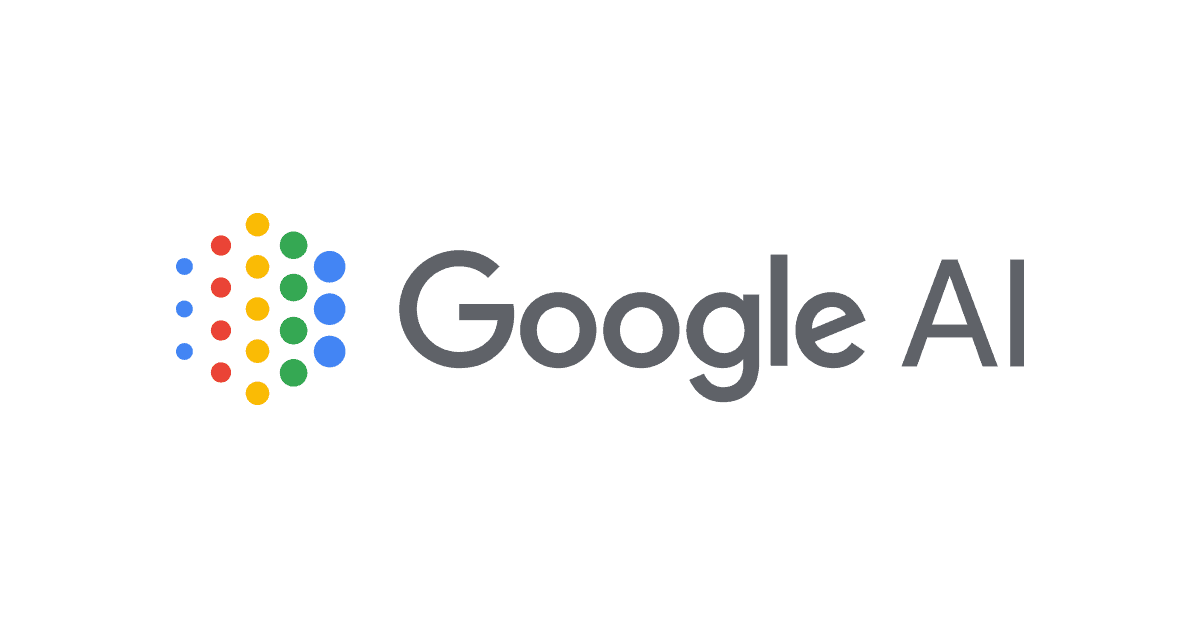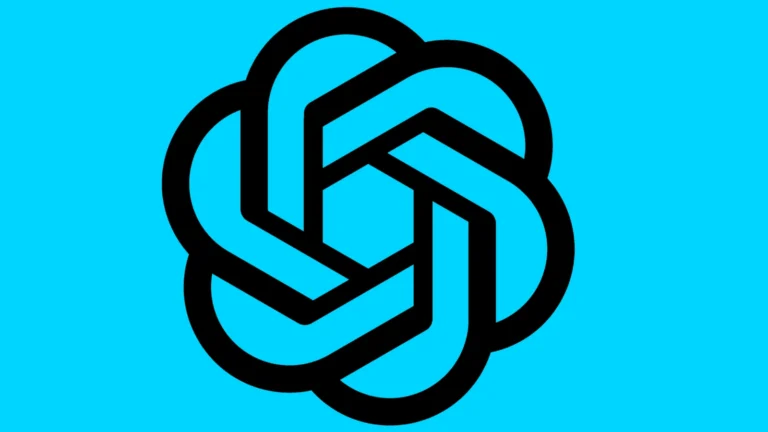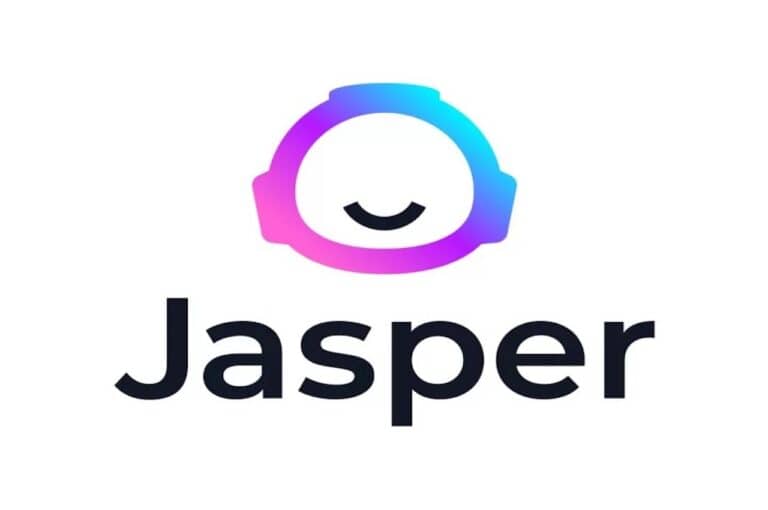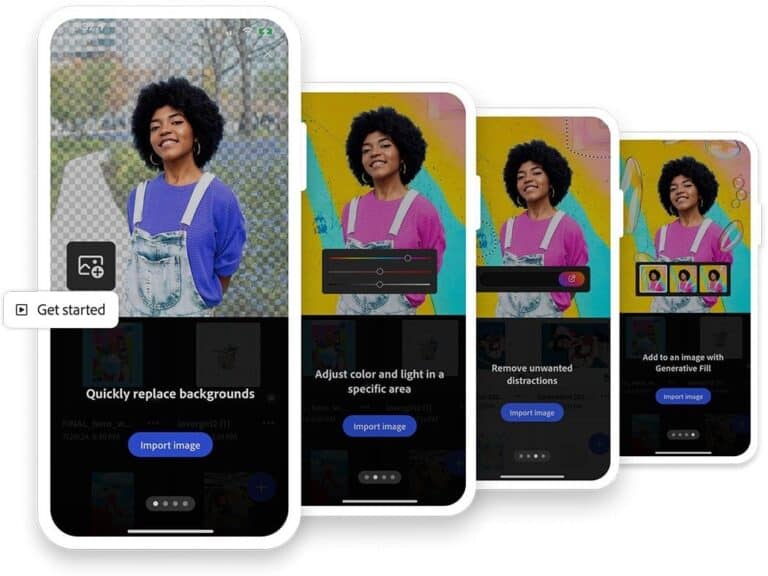
Google has updated its guidelines on the use of generative AI to enhance safety, highlighting the need for human oversight in high-risk areas. This move demonstrates Google’s commitment to responsible technology deployment and aligns with global AI regulations. The refined guidelines aim to prevent misuse and promote ethical applications of AI as it becomes more integrated into everyday life.
Google’s Refined Approach to Generative AI Usage
Clearer Guidelines for Responsible AI
Google has recently updated its Generative AI Prohibited Use Policy, making the guidelines clearer and stressing the importance of human oversight, especially in sensitive areas. This update aims to ensure the ethical and responsible use of Google’s generative AI technologies.
Focus on High-Risk Applications
The updated policy puts a strong emphasis on human involvement when using generative AI in high-stakes situations. These include areas like employment decisions, healthcare diagnoses, financial assessments, legal matters, housing applications, insurance decisions, and social welfare programs. In these domains, AI cannot make automated decisions without proper human review to prevent potential harm or bias.
Maintaining Prohibitions on Harmful Content
The policy continues to strictly forbid the creation and distribution of harmful, illegal, or rights-violating content. This includes material related to child sexual abuse, violent extremism, non-consensual intimate imagery, self-harm promotion, and illegal activities. These prohibitions remain a core part of Google’s commitment to responsible AI development.
No New Restrictions, Just Enhanced Clarity
This update doesn’t introduce entirely new restrictions on how generative AI can be used. Instead, it clarifies existing rules and provides more specific examples of what constitutes unacceptable use. This makes it easier for users to understand and follow the guidelines.
Examples of Human Oversight in Practice
Here are some examples of how the policy’s focus on human oversight plays out in real-world applications:
- Job applications: AI can help screen resumes, but a human must review the final selection.
- Medical advice: AI can offer information, but a doctor must make the diagnosis.
- Loan approvals: AI can assess risk, but a loan officer must approve the loan.
Key Aspects of Google’s GenAI Policy Update
| Policy Aspect | Description |
|---|---|
| Focus | Clearer language and categorization of prohibited uses. |
| Emphasis | Human oversight in high-risk domains (employment, healthcare, finance, etc.). |
| Content Restrictions | Continued prohibition of harmful, illegal, and infringing content. |
| Change Nature | Clarification of existing policies, not introduction of new ones. |
Short Summary:
- Google has revised its prohibited use guidelines to ensure responsible deployment of generative AI.
- The new guidelines emphasize human oversight in high-risk areas, such as healthcare and finance.
- This change aligns with international regulatory efforts, including the EU AI Act aimed at establishing standards for AI technologies.
As the prevalence of generative AI technologies rises, organizations are increasingly recognizing the necessity for clear operational guidelines. Google has taken a proactive step in this direction by streamlining its prohibited use guidelines for generative AI, which are set to protect individuals and organizations from potential risks associated with these advanced tools. The revised guidelines specifically address areas of concern such as misinformation, user privacy violations, and the facilitation of illegal activities.
The newly established protocols come at a critical time when governments and regulatory bodies worldwide are placing greater scrutiny on AI technologies due to ethical concerns and potential societal impacts. The emphasis on human oversight in high-risk areas like healthcare, legal domains, financial services, and social welfare is not merely a corporate policy but reflects a broader movement toward responsible AI development.
In a recent statement, a Google spokesperson outlined the company’s commitment, saying,
“We believe that the potential of generative AI should be harnessed while mitigating risks through established oversight measures. Our enhanced guidelines serve to protect users and ensure our technologies contribute positively to society.”
New Prohibited Use Guidelines
The updated guidelines prohibit activities that can lead to significant harm. Some key prohibitions include:
- Generating content that facilitates self-harm or supports violent extremism.
- Creating and distributing sexually explicit or violent materials.
- Engaging in activities that violate privacy, including unauthorized tracking or monitoring of individuals.
- Producing misinformation that could mislead users in critical areas like healthcare or legal matters.
- Facilitating fraud or scams of any kind.
Moreover, the guidelines reflect a commitment to not compromise the security of Google’s services. This approach is evident in the explicit prohibition against using generative AI to engage in spam, phishing, or any form of cyber abuse. The guidelines also emphasize the importance of transparency, particularly regarding automated decision-making that could adversely affect individual rights.
The Role of Human Oversight
A defining feature of Google’s updated guidelines is the necessity for human oversight, especially in high-risk domains. The demand for human intervention aims to prevent automated systems from making indiscriminate decisions that could lead to detrimental outcomes for individuals or communities. High-risk applications, such as those in employment, healthcare, and financial services, are particularly vulnerable to misuse in the absence of appropriate checks.
Expert analysts praise this move as a critical enhancement in the regulation of AI technologies. According to Dr. Emily Carter, an AI ethics expert,
“Human oversight in AI is essential not only for ethical reasons but also for ensuring compliance with emerging regulations. Google’s initiative could set a precedent for other organizations to follow.”
Aligning with Global Regulations
Google’s initiative aligns closely with the European Union’s proposed AI Act, which is poised to establish comprehensive legal frameworks for AI systems. The Act emphasizes a risk-based classification approach to AI technologies, identifying unacceptable risks, high risks, limited risks, and minimal risks.
The EU AI Act categorically bans AI technologies that pose unacceptable dangers to individuals, such as systems designed for social scoring or manipulating behavior. For high-risk AI applications, the Act imposes strict transparency and accountability measures, ensuring that users are informed and protected when interacting with these systems.
Given the scope of the AI Act, many believe that organizations outside the EU, including Google, will need to adapt their practices accordingly or risk facing significant fines and compliance challenges. The potential penalties for non-compliance can reach up to €40 million or 7% of a company’s global annual turnover.
Implications for Google’s AI Customers
For organizations utilizing Google’s generative AI services, this shift reinforces a commitment to ethical AI practices. Google’s customers will need to ensure that their own data management and AI practices comply with the new guidelines. According to an internal memo from Google,
“Customers should integrate these guidelines into their operational policies to ensure shared responsibility in AI deployment.”
Google has pledged to provide support and resources to assist businesses in aligning with these new standards, focusing on data protection and privacy. The company will continue to enhance its cloud services to uphold the highest standards of safety and responsibility. As part of this initiative, Google is investing in comprehensive AI risk management strategies to ensure ongoing compliance with both internal policies and international regulations.
Looking Ahead
As AI technology evolves, the demand for responsible practices that safeguard users will continue to grow. Google’s decision to streamline its prohibited use guidelines marks a crucial step toward ensuring that generative AI is utilized ethically and safely across various sectors.
Industry leaders underscore the necessity of these changes. Brian Thompson from the Center for AI Responsibility remarked,
“The AI landscape is rapidly changing, and companies must adopt stricter measures to ensure that their AI systems do not pose risks to individuals or society. Google’s updated guidelines exemplify a forward-thinking approach to AI governance.”
Google’s enhanced guidelines aim to foster trust in generative AI technologies while preparing for stricter regulatory environments. The company emphasizes a balance between innovation and ethical considerations, prioritizing transparency and accountability. Their proactive measures indicate a commitment to responsible AI deployment, with human oversight in high-risk applications and a clear stance against prohibited uses. This sets a standard that may influence other companies as global regulations change.






